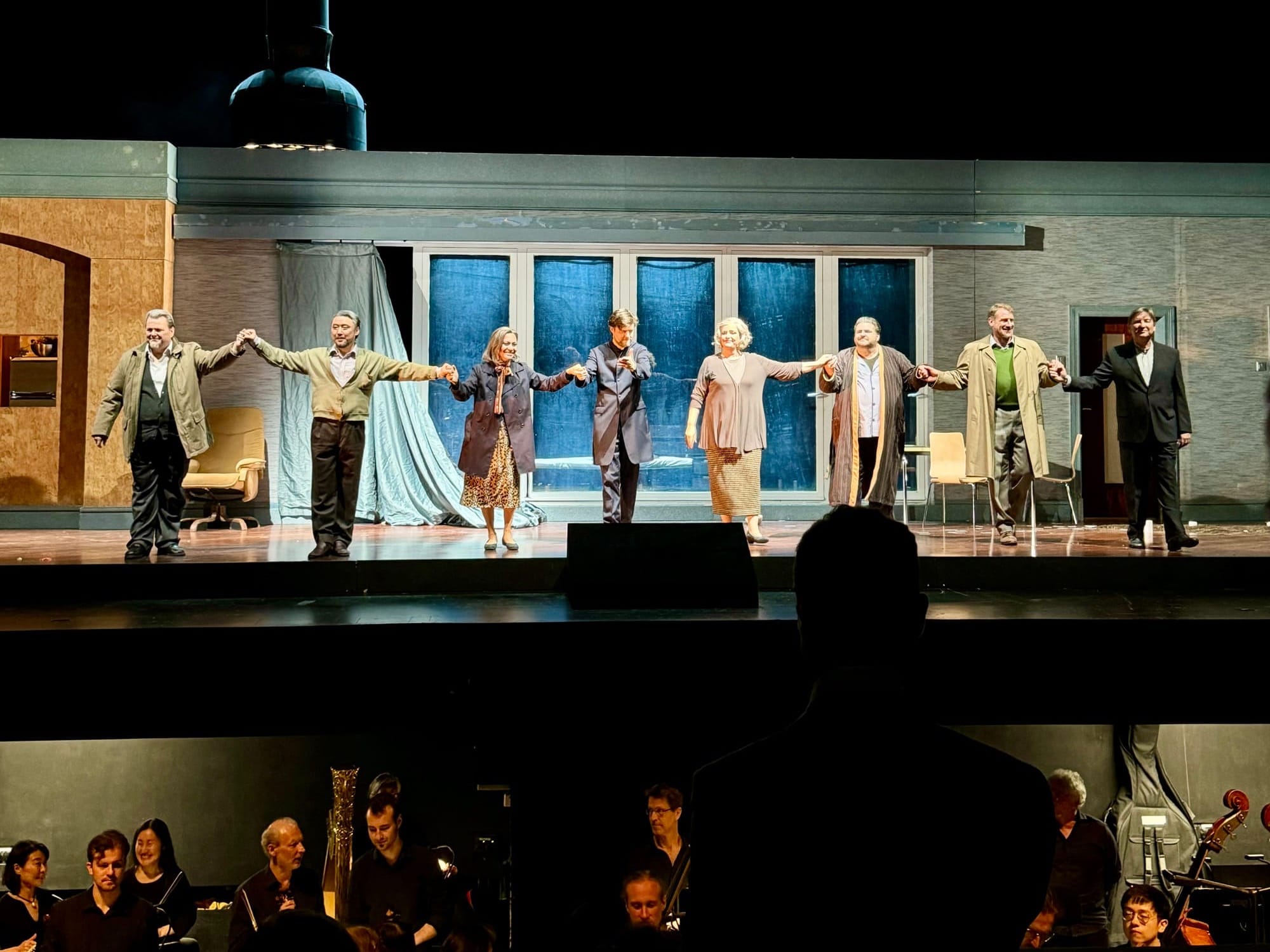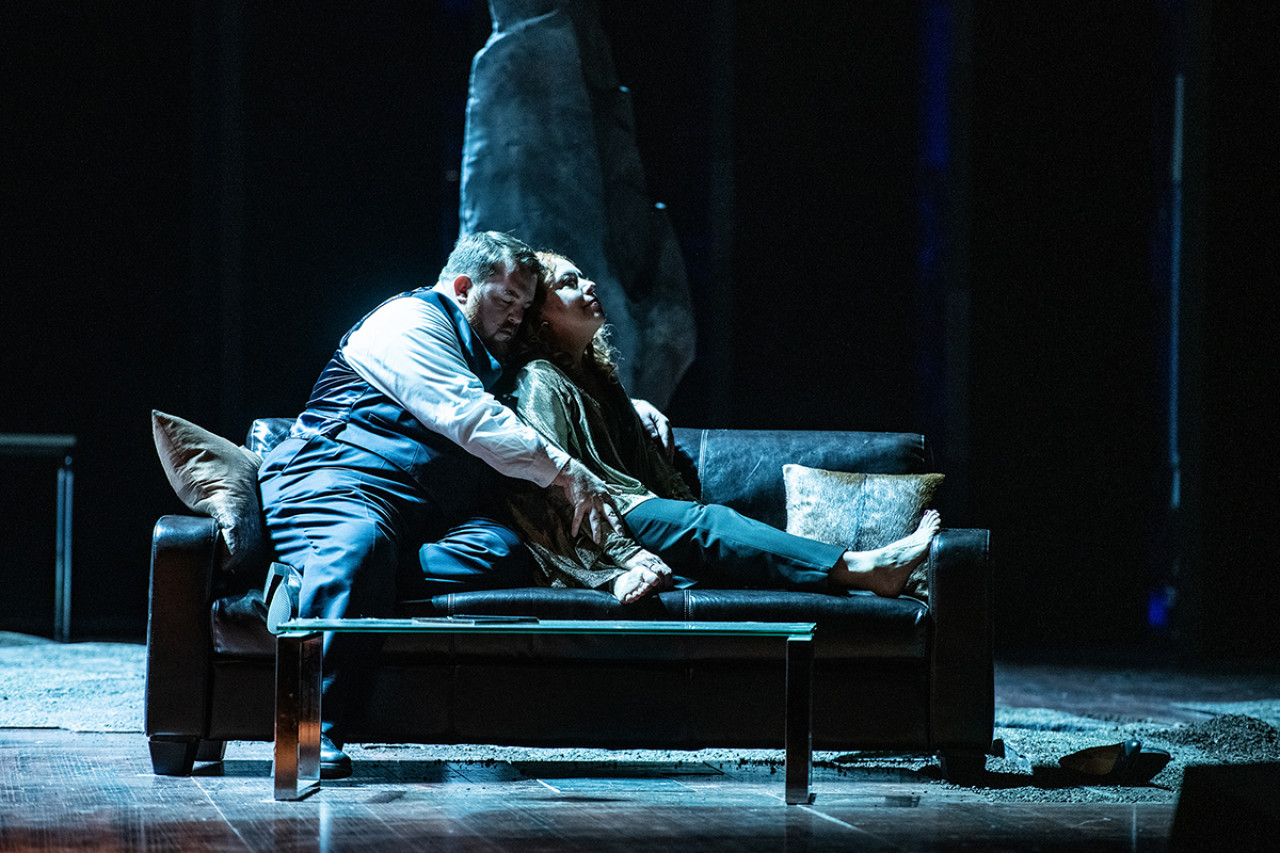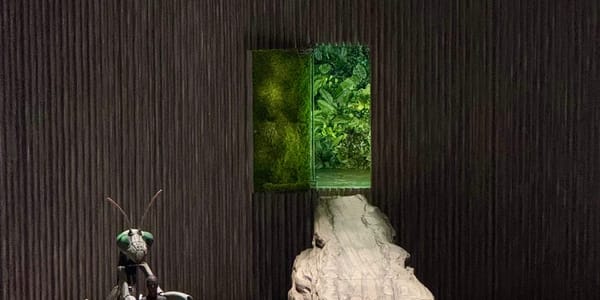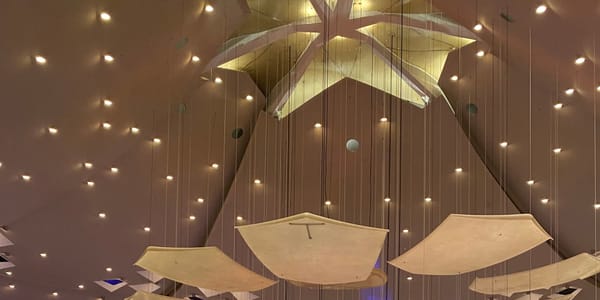Tristan und Isolde at Deutsche Oper Berlin
The main character of this opera is neither Tristan nor Isolde: it is the music. From the hints of atonality in the opening sequence, to the climactic resolution of the aforementioned chord four hours later, the music is entirely captivating and deeply moving.
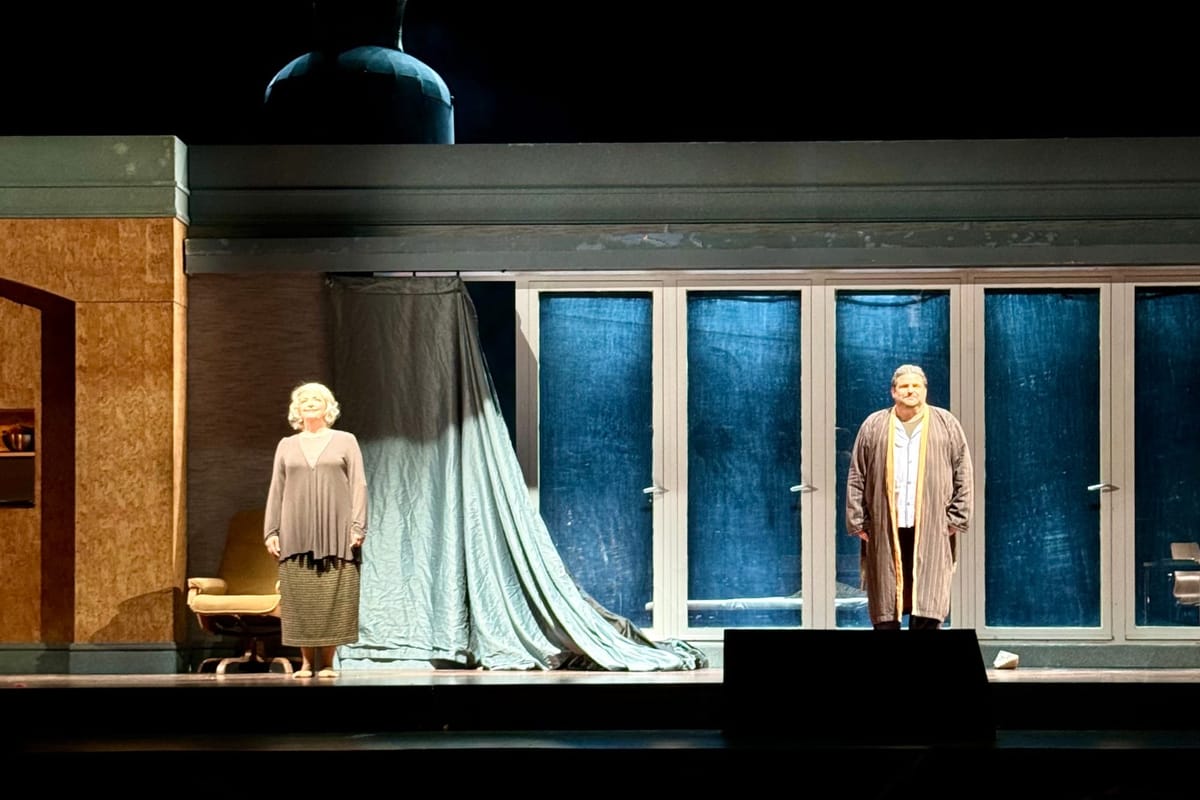
⭐️⭐️⭐️
🎭 Tristan und Isolde
🎶 Richard Wagner
🏛️ Deutsche Oper Berlin
🗓️ 03.07.2024
There's something truly magical about hearing the infamous Tristan chord—dubbed by some, so I've heard, as the beginning of modern music—live in opera for the first time. I am not an experienced member of the Wagner audience, with this performance of Tristan and Isolde at Deutsche Oper Berlin only being my third Wagner opera thus far. One thing, however, is clear to me: the main character of this opera is neither Tristan nor Isolde: it is the music. From the hints of atonality in the opening sequence, to the climactic resolution of the aforementioned chord four hours later, the music is entirely captivating and deeply moving.
I find that this production underscores the prominence of the music. It certainly helps that much of the action which propels the plot forward is delivered not theatrically on stage, but rather shared with the audience retroactively through dialogue between the characters—not unlike a flashback scene in contemporary cinema. And so movement on the stage is slow, deliberate, selective. The stage—a living-dining room combo reminiscent of a 90's sitcom—offers glimpses of familiarly intimate domestic scenes through archways and doors leading to back rooms, which almost seem to occur independently from the plot. Large windows play with their transparency and ability to mirror. The discreet sitcom background remains a constant throughout the performance, cleverly pivoted at different angles in every act to suggest differences in locality.
While there is less theatricality than one might otherwise be used to on an opera stage, the production offers a wealth of symbolism and metaphor which is open to individual interpretation: a nude man and woman creeping across the stage as Adam and Eve, or Tristan and Isolde? A casket first used as a coffee table and later propped against the wall as a foreshadowing of certain death? Just like the nude man digging his own grave throughout the second act, while the nude woman watched from a distance? All characters aging significantly between Acts 2 and 3? The massive overhead lamp floating across the stage at different heights, warmly illuminating parts of the stage while casting deep shadows elsewhere? I‘m sure that experienced Wagnerians will be able to spot quite a few more themes, motives, and references.
In the closing scene, music and staging go hand in hand unlike anywhere else in the production to show that Tristan und Isolde is a story about dichotomy: light and dark, day and night, love and death, anguish and peace. And so it is again quite magical when Isolde succumbs to the final Liebestod—picking up the main motif from the prelude in her final words, and stepping through the glass porch door, where she joins a throng of the slowly-marching dead in the beyond. One reaches out her hand to welcome Isolde when the lights go out. Time is suspended as I have tears in my eyes, with the auditorium holding its breath before erupting into thunderous applause.
